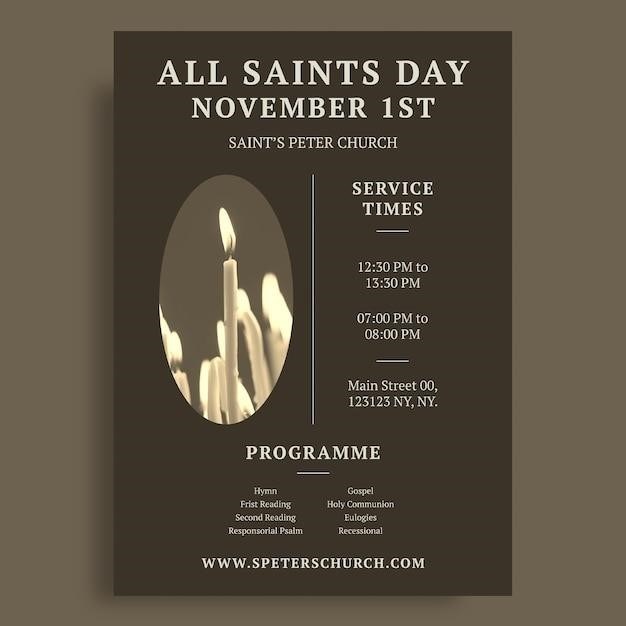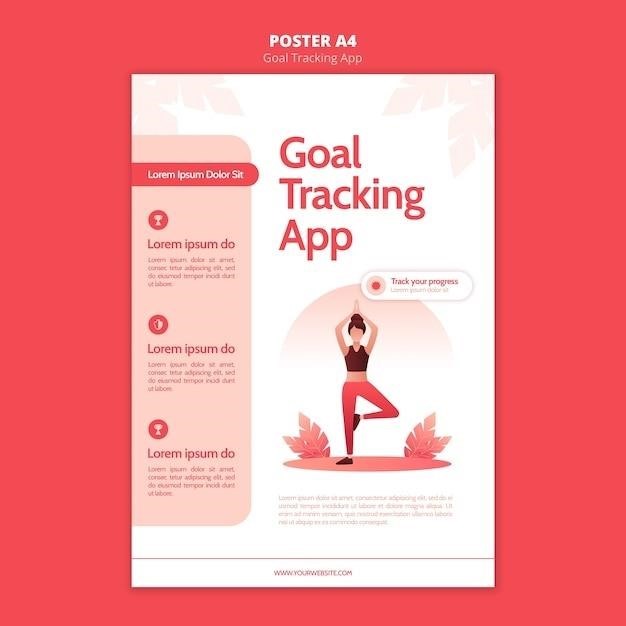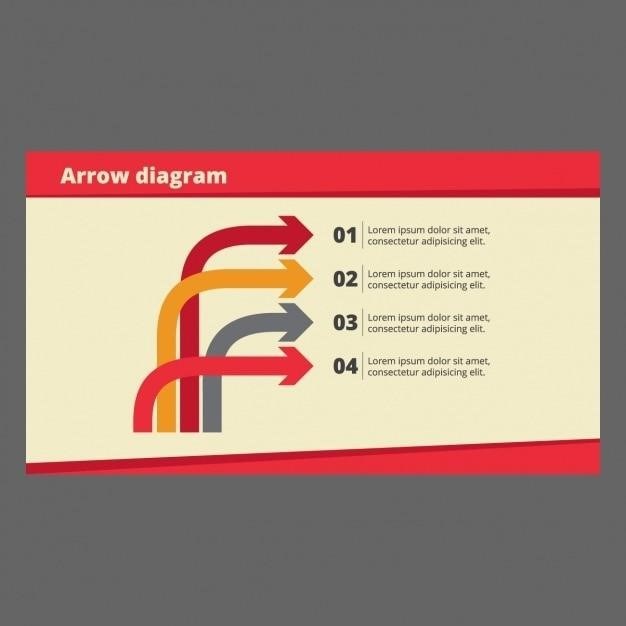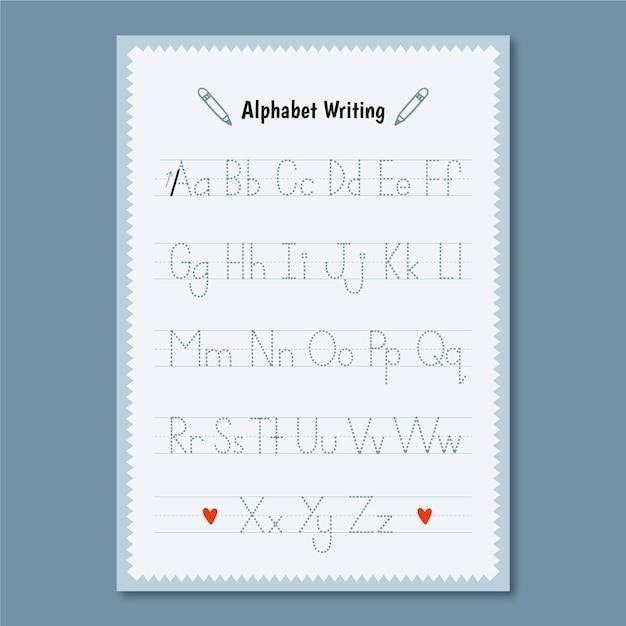avatar the search part 3 pdf
Avatar⁚ The Last Airbender ⏤ The Search Part 3⁚ A Comprehensive Overview
This graphic novel, written by Gene Yang and illustrated by Studio Gurihiru, continues the story of the Avatar⁚ The Last Airbender universe, specifically focusing on the search for Ursa, Zuko and Azula’s long-lost mother. It delves into the complexities of Azula’s imprisonment and its impact on her mental state, while Aang’s journey to the Spirit World brings him closer to unraveling the truth about his own past and Zuko’s mother’s fate.
A Continuation of The Promise
The Search Part 3 picks up directly where The Promise Part 3 left off, deepening the ongoing narrative of the Avatar universe. The storyline focuses on Zuko, the Fire Lord, and his quest to find his mother, Ursa, who vanished years prior. This pursuit is further complicated by the presence of Azula, Zuko’s mentally unstable sister, who is also seeking their mother. Team Avatar joins Zuko and Azula on their journey, with the goal of keeping Azula under control and ensuring the safety of all involved. The story explores the complex familial dynamics between Zuko, Azula, and Ursa, delving into their shared past and the emotional weight of their fractured relationships. The Search Part 3 takes readers on a journey of self-discovery and redemption, as Zuko grapples with his past and strives to learn the truth about his family’s history.
The Search for Ursa
The Search Part 3 dives deep into the mystery surrounding Ursa, Zuko and Azula’s mother. The narrative centers on Zuko’s relentless pursuit to uncover her whereabouts, driven by a desire to understand his family’s past and reconcile with his troubled relationship with his mother. Zuko’s quest is intertwined with Azula’s own search for Ursa, fueled by a complex mix of emotions, including a longing for her mother’s love and a desire to regain her lost power. As the story unfolds, Zuko and Azula’s shared quest leads them to a series of clues and encounters, ultimately revealing the truth about Ursa’s fate. The search for Ursa is not just a physical journey but also a deeply personal one for both Zuko and Azula, as they confront their past, grapple with their conflicting emotions, and strive to find closure in the face of their mother’s absence.
Azula’s Imprisonment
Azula, the Fire Nation’s formidable princess, is depicted as a prisoner in a Fire Nation mental institution, a direct consequence of her mental breakdown following her defeat by Team Avatar in the animated series. The Search Part 3 explores the repercussions of her imprisonment, highlighting the psychological toll it takes on her. The graphic novel provides a glimpse into Azula’s internal struggles, revealing her vulnerability and the lingering trauma she carries. Despite her formidable power and cunning, Azula’s confinement exposes her fragility and the enduring consequences of her past actions. This exploration into Azula’s mental state adds a new layer of complexity to her character, showcasing the human cost of her ambition and the struggles she faces in the aftermath of her downfall.
Aang’s Journey to the Spirit World
Aang, the Avatar, embarks on a pivotal journey to the Spirit World in The Search Part 3. This quest takes him beyond the physical realm, seeking guidance and knowledge from ancient spirits. His purpose is to uncover the truth about Ursa’s disappearance, a mystery deeply intertwined with Zuko’s past and the Avatar’s own lineage. Aang’s exploration of the Spirit World not only sheds light on Ursa’s fate but also provides insights into the Avatar’s past, revealing connections between his own life and the events surrounding Ursa’s disappearance. This journey, fraught with spiritual challenges and profound revelations, underscores the importance of understanding the past to navigate the complexities of the present and to ultimately forge a brighter future for the world;
The Importance of The Search Trilogy
The Search trilogy holds significant importance for Avatar⁚ The Last Airbender fans. It expands upon the beloved animated series, exploring the aftermath of the Hundred Year War and delving into the complexities of the characters’ personal journeys. The trilogy offers a deeper understanding of Zuko’s character, his struggle with his past, and his quest to find his mother. It sheds light on Azula’s descent into madness and explores the lasting impact of her mental instability. Furthermore, the Search trilogy introduces new elements to the Avatar universe, such as the Spirit World’s role in unraveling the mystery of Ursa’s disappearance and the connections between the Avatar’s past and present. By offering a continuation of the beloved story, the Search trilogy provides a satisfying closure for fans, while also expanding the Avatar universe in compelling and meaningful ways.
Availability and Format
The Search Part 3, along with the entire trilogy, is readily available for fans to enjoy. It can be found in both physical and digital formats, offering a variety of options for readers. The graphic novel is published by Dark Horse Books and can be purchased at bookstores, online retailers, and comic book shops worldwide. For those who prefer digital reading, The Search Part 3 is also available as an ebook, offering a convenient and portable way to experience the story. Furthermore, the complete Search trilogy is available as a collected edition, providing a comprehensive and cohesive reading experience. This allows fans to immerse themselves fully in the story and enjoy the entire narrative arc in one volume. Whether you prefer the tangible feel of a physical book or the ease of a digital format, The Search Part 3 is readily accessible for fans to explore and appreciate.
The Search’s Place in the Avatar Universe
The Search trilogy, including Part 3, holds a significant place within the Avatar universe. It serves as a direct continuation of the animated series, expanding upon the stories of beloved characters like Zuko, Azula, and Aang. The trilogy explores unresolved plot threads and deepens the exploration of complex themes introduced in the original series. The Search, in particular, delves into the emotional complexities of familial relationships, particularly the strained bond between Zuko and Azula, while also shedding light on the mystery surrounding Ursa, their mother. The trilogy’s exploration of the Spirit World and the ancient power that resides within it further enriches the universe’s lore and mythology. By expanding upon existing narratives and introducing new elements, The Search trilogy strengthens the Avatar universe’s tapestry, offering fans a deeper understanding and appreciation of the characters and their journeys.
The Search Part 3⁚ A Critical Analysis
The Search Part 3 is often praised for its ability to delve into the complexities of Azula’s character. The graphic novel explores the consequences of Azula’s mental deterioration, offering a nuanced portrayal of her struggles with power, control, and her own fractured identity. The story also receives commendation for its exploration of Aang’s spiritual journey, as he navigates the complexities of the Spirit World and seeks guidance from ancient power. However, some critics argue that the pacing of the story can feel uneven, with some plot elements progressing more quickly than others. Additionally, some find the resolution of certain plot threads to be somewhat unsatisfying, particularly regarding Ursa’s fate. Overall, The Search Part 3 receives mixed critical reception, with its strengths lying in its character development and exploration of complex themes, while its weaknesses lie in its pacing and the resolution of certain narrative threads.

The Search’s Impact on Fans
The Search Part 3, like the entire trilogy, has had a significant impact on fans of the Avatar⁚ The Last Airbender universe. For many, it provided much-needed closure to the mystery surrounding Ursa’s fate and offered a deeper understanding of Zuko’s complex relationship with his mother. The graphic novel’s exploration of Azula’s mental deterioration resonated deeply with fans, prompting discussions about mental health and the lasting impact of trauma. The continuation of Aang’s journey into the Spirit World also resonated, as it offered new insights into his spiritual growth and his connection to the world beyond the physical plane. However, some fans were disappointed by the ending, feeling that certain plot points were left unresolved or rushed. Despite these mixed reactions, The Search Part 3 remains a significant addition to the Avatar⁚ The Last Airbender canon, providing fans with valuable insight into the characters and the universe they love.
The Future of the Avatar Universe
The Search Part 3, while concluding a specific narrative arc, has opened up possibilities for the future of the Avatar universe. The graphic novel’s exploration of Azula’s mental state suggests potential for further stories exploring her redemption or continued struggles. The introduction of new elements, like the ancient power Aang encounters in the Spirit World, offers avenues for expanding the mystical aspects of the universe. Additionally, the enduring popularity of the Avatar franchise, evidenced by the success of The Search trilogy and the ongoing popularity of the animated series, suggests that there is a strong demand for more stories. Fans eagerly await future projects, whether it be new graphic novel series, animated films, or even a potential live-action adaptation, that further expand the world of Avatar⁚ The Last Airbender.























